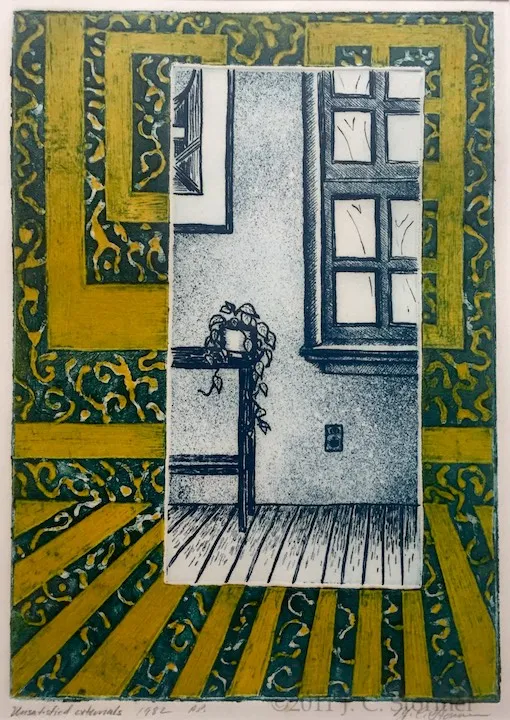January 19, 2023The Room as We See It

In the memory of the room
we find a doorway
to seeing the room as it is,
as we had left it.
We find a doorway
framed in revisions,
as we had left it
open to correction.
Framed in revisions
we accept what shadows
open to correction
in the light show of sleep.
We accept the shadows
outside the photograph.
In the light show of sleep,
sunlight is liberated.
Outside the photograph
we dress the room in color.
Sunlight is liberated
through a window opened.
We dress the room in color,
in the memory of the room.
Through a window opened
to seeing the room as it is.
from Ekphrastic Challenge